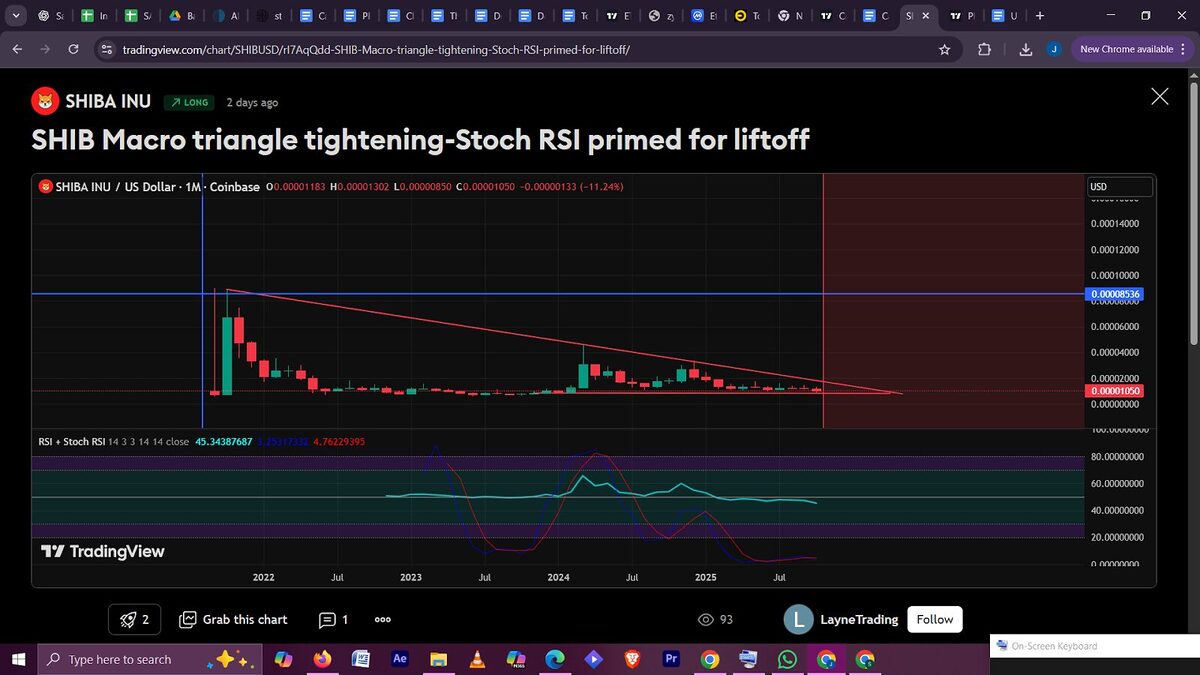Gold Outshines Bitcoin with $30 Trillion Valuation: Is the ‘Uptober’ Surge Finished?
Gold Skyrockets to $30 Trillion Valuation, Leaving Bitcoin Behind as 2025 Gains Surpass 60%
Key Points
- Gold has surpassed Bitcoin as a reserve asset, reaching over $30 trillion in valuation.
- Bitcoin’s price has slipped under $108,000, triggering a significant crypto market liquidation.
Gold has outperformed Bitcoin as a reserve asset, hitting new highs above $4,350 levels and becoming the first global asset to reach a valuation of over $30 trillion.
On the contrary, Bitcoin’s price has seen a 3% dip, falling below $108,000 and triggering a major crypto market liquidation.
Gold’s Superiority Over Bitcoin
Amidst global market uncertainty and reduced trust in fiat currencies, gold has taken the lead in the “reserve assets” market, outperforming all other asset classes. The demand for the yellow metal is at an all-time high, with its trading price at $4,358 per ounce.
These gains have led to a 60% increase in gold’s value in 2025. With a valuation of $30 trillion, it now surpasses Nvidia, the second-largest asset, by a whopping $25 trillion.
This year alone, gold has added over $11 trillion in value, solidifying its position as a safe-haven asset amid global economic uncertainty.
The rally has also driven crypto whales to purchase tokenized gold. The recent U.S.-China tariff war has led to increased Bitcoin selling pressure, further widening the gap between BTC and gold.
At present, it is evident that gold is leading the hedge asset narrative.
Is Bitcoin’s “Uptober” Rally Over?
Bitcoin and the broader crypto market started October 2025 strong. However, the 100% tariffs imposed by Trump on China dampened optimism, leading to a decrease in BTC and other cryptocurrencies.
Negotiations between the two largest global economies are ongoing, with a deadline set for November 1.
Bitcoin’s price is already trading under $108,000 following increased selling pressure. According to on-chain analytics firm Ecoinometrics, the renewed U.S.-China trade tensions are negatively affecting Bitcoin’s performance.
Earlier this year, a similar escalation led to a 30% correction in prices, taking nearly three months to find a bottom. This time, BTC has fallen by 13% so far. A 30% correction from the top might push BTC all the way down to $90,000.
However, Cryptos Rus, another crypto analyst, hasn’t given up all hope for an “Uptober” rally. He observed that Bitcoin’s best performance in October often occurs during the second half of the month, indicating that the current rally could still have room to run.
On-chain data shows a decline in exchange reserves alongside a rise in stablecoin liquidity. Historical data suggests that this exact combination has preceded late-month surges in Bitcoin prices.
Disclaimer: The content of this article solely reflects the author's opinion and does not represent the platform in any capacity. This article is not intended to serve as a reference for making investment decisions.
You may also like
Ripple Labs Eyes Lease of Brookfield Corp’s Latest London High-rise
Negotiations Underway for Premium Office Space in London's Financial District

Galaxy Digital’s Q3 Net Income Skyrockets to $505M, a Staggering 1546% Increase from Q2
Record-Breaking Trading Activity Spurs Unprecedented Quarterly Surge in Earnings for Digital Asset Firm

Shiba Inu, Remittix and PEPE Coin: Factors Shaping November Market Trends

The era of permanent quantitative easing by the Federal Reserve is coming—where are the opportunities for ordinary people?
The article analyzes the background of the Federal Reserve potentially ending quantitative tightening and shifting towards quantitative easing, explores the current liquidity crisis facing the financial system, compares the differences between 2019 and the present, and suggests that investors hold gold and bitcoin to cope with possible monetary expansion. Summary generated by Mars AI. This summary is produced by the Mars AI model, and its accuracy and completeness are still being iteratively improved.

